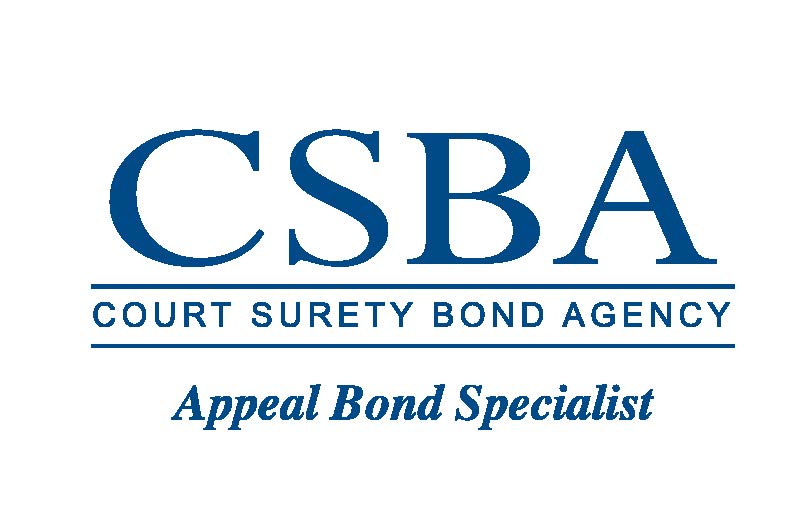By: Heather M. Kolinsky
The Second District Court of Appeal recently reiterated that an automatic stay in bankruptcy, 11 U.S.C. § 362(a)(1) (2012), renders a subsequently filed notice of appeal in a related state proceeding void and acknowledged that there currently is no state procedural rule that addresses the jurisdictional defect that arises with respect to preserving the right to appeal beyond termination or relief from the automatic stay. Hewett v. Wells Fargo Bank, N.A., 41 Fla. L. Weekly D 1280, 2016 Fla. App. LEXIS 8267 (Fla. 2d DCA June 1, 2016).
The Court found that the provisions in 11 U.S.C. § 108(c) for extended, substitute deadlines in civil actions, once an automatic stay expired or was terminated, were likely inapplicable to state judicial procedures within state court appellate proceedings based on traditional conflicts of law principles. The result, the Court noted, was “an appellate rule that does not speak about bankruptcy and a bankruptcy statute that may not be able to speak to our appellate rules.” The Court commended the issue to the Appellate Court Rules Committee for consideration after acknowledging the Court did not possess the power to resolve the issue presented by its holding.
In Hewett, Philip Hewett, the debtor, timely sought appellate review of a Final Judgment of Foreclosure in favor of Wells Fargo Bank. However, five days prior to filing his Notice of Appeal, Hewett had filed a petition in bankruptcy. Hewett did not seek relief from the stay prior to filing his Notice of Appeal. Wells Fargo filed a Motion to Dismiss Hewett’s appeal based on the automatic stay.
The Court found that because a notice of appeal is a continuation of a judicial proceeding, and because the Bankruptcy Code prohibited the continuation of a judicial proceeding during an automatic stay, Hewett’s Notice of Appeal was void.[1] While acknowledging the practical problem this created for appellants, the Court was hard-pressed to find a way to resolve the problem based on existing law and procedure.
The Bankruptcy Code provides for extended, substituted deadlines after an automatic stay has expired or been terminated pursuant to 11 U.S.C. § 108(c) that could arguably provide appellants guidance in such circumstances.[2] But, the Court found that it was unlikely that the statute would reach state judicial procedures within state court proceedings when considered under traditional conflicts of law principles.
Further recognizing that it did not have authority to simply adopt the provisions of section 108(c) to resolve the issue, the Court commended the matter to the Appellate Rules Committee for consideration of the addition of a new or amended rule of appellate procedure incorporating 11 U.S.C. § 108(c) or another tolling period that explicitly addresses the effect of an automatic stay in bankruptcy on the filing of a notice of appeal. As it stands now, where a bankruptcy petition has been filed and no appeal is pending, a potential appellant would be unable to seek appellate review unless the party first obtained relief from the automatic stay under the Bankruptcy Code.[3]
Back to 2015-2020 Archive Page
4817-8146-6176, v. 1
[1] The Court observed that the notice was not voidable because voidability would “in essence, give some effect to a filing that cannot have effect.”
[2] 11 U.S.C. §108(c) provides, in pertinent part, that if a “period for commencing or continuing a civil action in a court other than a bankruptcy court on a claim against the debtor” . . . has not expired prior to the filing of the bankruptcy petition, “then such period does not expire until the later of – (1) the end of such period, including any suspension of such period occurring on or after commencement of the case; or (2) 30 days after notice of the termination or expiration of the stay under section 362 . . . with respect to such claim.”
[3] For a broader discussion of the potential impact of bankruptcy filings on pending appellate proceedings, see Judge Douglas A. Wallace’s article, The Impact of a Bankruptcy Filing on a Pending Appellate Proceeding, The Florida Bar Journal, Vol. 87, No. 3 (Mar. 2013).


